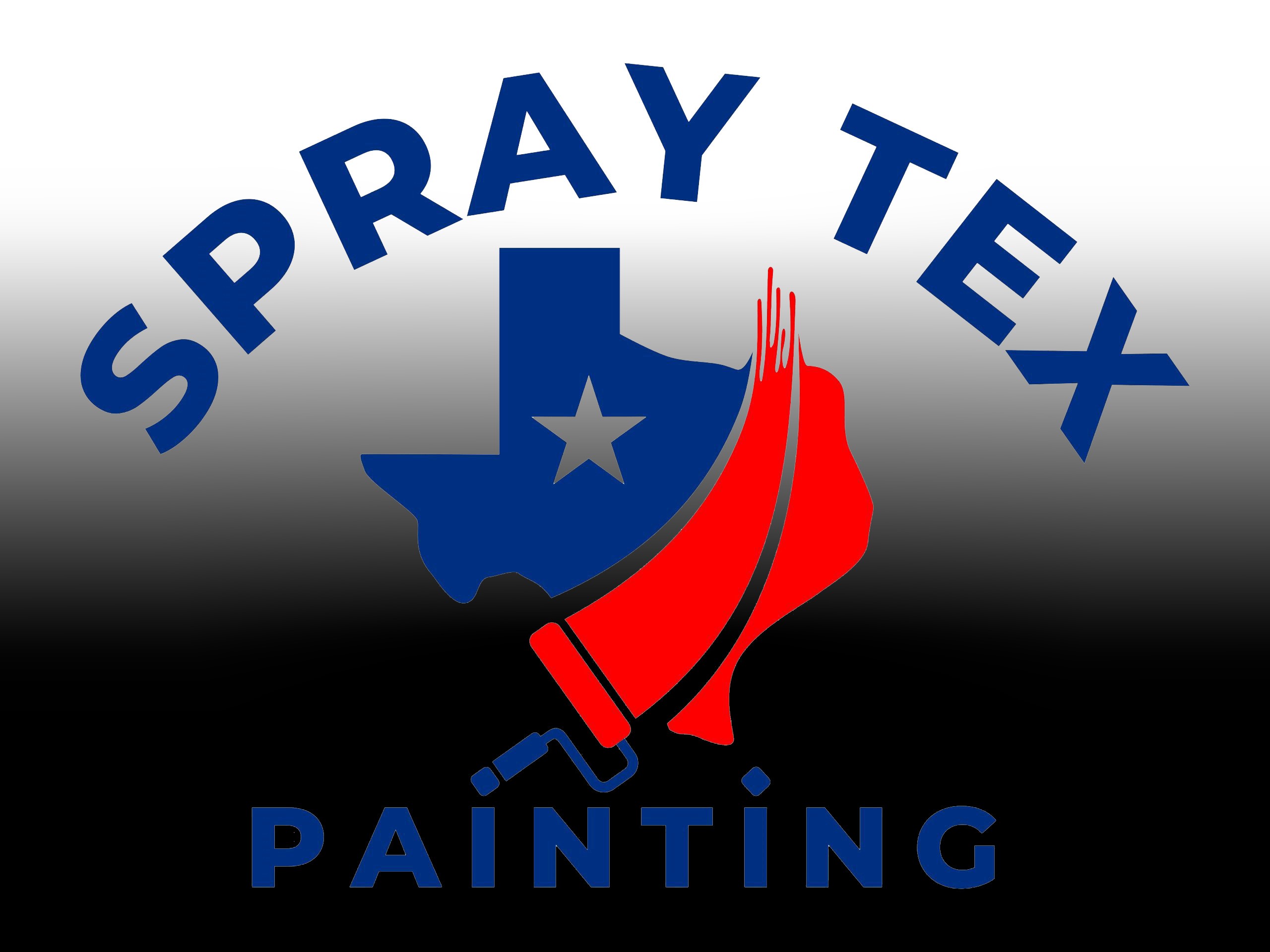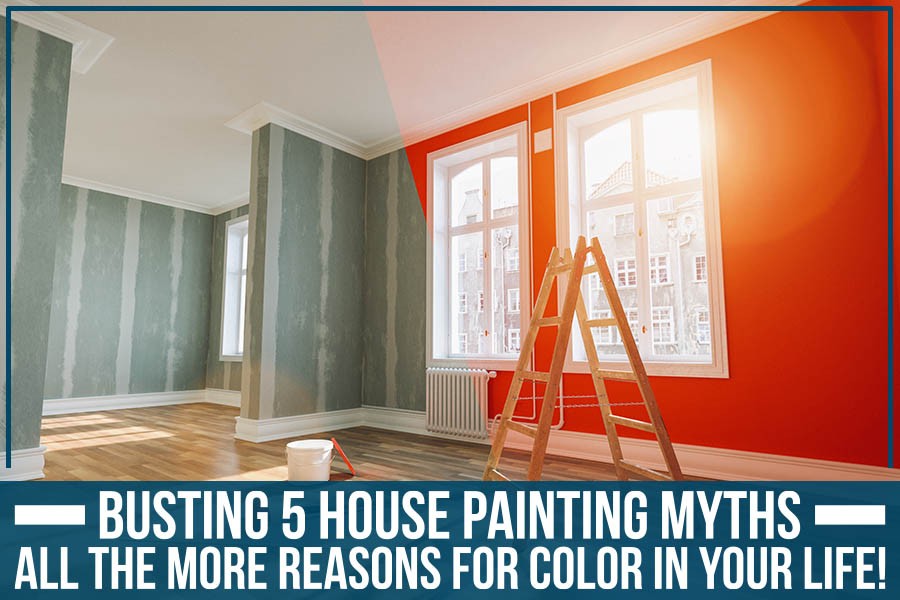4 Types Of Exterior Sheens For A Perfect Finish!
How to Match Wall Texture When Painting: Tips and Tricks

Table of Contents
Painting your walls is a great way to give any room in the house an instant update. But when it comes time to match wall textures, many homeowners find themselves intimidated and unsure where to start. Matching wall texture can be a tricky process, as there are so many different types of finishes and techniques available. From sponging to stippling and everything in between, how do you know which one will work best for your project? Don't worry - with just a few simple tips and tricks, you'll be able to achieve perfect results every time!
In this article, we'll cover all the basics of matching wall texture when painting, including what materials are needed, step-by-step instructions on how to apply each type of finish correctly, as well as some helpful advice on troubleshooting common problems. With these tools at hand, you'll have everything you need to tackle even the most challenging paint jobs with confidence. So grab your supplies and let's get started!
We hope that by the end of this article, you’ll have gained enough knowledge and confidence to complete any painting or texturing project - no matter what kind of wall surface you're working with. You might even discover a new technique or two along the way that could open up even more possibilities for future projects! So read on to learn about how to match wall texture when painting like a professional texture painting service in Plano, TX.
Textured walls are often seen as a challenge when it comes to painting. It can be difficult to know what type of wall texture you have and which paint finish is best suited for your particular surface. Fortunately, there are ways to identify different types of wall textures so that you can make the right choice when selecting your paint.
To begin, take note of how the wall looks and feels: Is it smooth or bumpy? Does it feel like sandpaper or velvet? Are there any raised lines on the surface? These characteristics will help you determine what kind of wall texture you're dealing with. There are several common types, including orange peel, knockdown, popcorn, and stippling. If in doubt, consult with a professional who specializes in painting textured walls for advice.
Once you've identified the texture - whether by yourself or through an expert - then it's time to choose the appropriate paint finish for the job. Pay attention to the level of sheen desired; some textures require flat paints while others may look better with glossy finishes. The ideal option depends on both personal preference and practical considerations such as durability and wearability over time. Choosing the right paint finish requires careful consideration – but with patience and research, finding one that suits your needs should be achievable!
Subtlety and finesse are key when it comes to choosing the right paint finish for textured walls. With a variety of options available, from flat paints to glossy finishes, determining the ideal solution requires careful consideration. To ensure you make the best choice possible, here are some tips:
• Consider the wall texture: Before selecting your paint finish, decide what type of look and feel you want your wall to have. Smooth surfaces may call for glossier coatings while rougher textures might be better suited for matte or eggshell finishes.
• Choose appropriate tools: Depending on your texture, certain painting supplies may work better than others. For example, if dealing with an orange peel surface, then a roller is likely more suitable than a brush. On the other hand, stippling can often be achieved using both types of tools.
• Select specialized paints: If needed, there are also specialty textured paints that can help achieve the desired result quicker and easier than traditional finishing products – these include products specifically designed for popcorn ceilings as well as those made to simulate brick or stone walls.
With all this in mind, take your time researching different options and gathering necessary materials such as rollers, brushes, trays, and buckets of paint before starting any project – this will help ensure smooth sailing throughout!
Now that you’ve chosen the right paint finish, it's time to prep the wall surface for painting. This is a crucial step in achieving a professional-looking result and involves more than just cleaning off dirt or dust – there are specific techniques required to ensure proper adhesion of the coating.
First, check the walls for any cracks or holes. If needed, use drywall compound, joint compound mix, and a drywall knife to fill them in and create an even surface. Be sure not to overfill as this will affect your final texture when applying paint. Once patched up, allow ample time for all repairs to dry before moving on to sanding.
Sanding should be done with medium-grit paper followed by fine-grit paper if needed – this helps smooth out imperfections while also providing better adhesion once painted. When finished sanding, wipe down the wall with a damp sponge then inspect one more time to make sure everything looks good before beginning your project!
When painting over a textured wall, it can be quite a challenge to match your new texture with the existing one – especially if you're painting in a different color or finish! Fortunately, some tricks can make this process much easier.
Preparing a wall before painting is essential for achieving the desired effect. Sand down any high spots, fill in any holes or cracks, and use an applicator such as a roller, frame, or drywall piece to apply pressure evenly and keep the edges level. After that, it's time to choose the right type of texture for your project - whether it be matching drywall texture, knockdown texture, or orange peel texture - as this will determine how successful your transition between surfaces will be. When it comes to texture painting over wallpaper, professional results are best achieved by calling in a professional texture painting contractor. With their expertise and experience, they can ensure that you get perfect results every time!
From here, you can begin adding your color coats starting at the top and gradually working downward until everything has been covered evenly. As you move along, be sure to inspect each area for consistency and adjust accordingly by feathering out transitions where needed. Take your time with this step so that you don’t end up having to go back later on and fix mistakes!
With patience and practice, achieving a professional-looking result when painting over textured walls isn't impossible – just follow these tips for success!
When painting over textured walls, having the right technique and tools can make all the difference! Whether you're trying to paint over a popcorn ceiling or have heavy lap marks from your roller tray, there are methods to ensure that your project looks flawless.
To start, be sure that you're using paint that is suitable for the surface material – this will help avoid any streaks or discolorations. Investing in good-quality brushes and rollers also helps create better coverage compared to cheaper options on the market.
Additionally, if you need to tackle a particularly rough texture, consider getting a special texture brush designed for such surfaces so that you can apply even coats of paint without leaving behind gaps or lines due to uneven coverage. If multiple coats of paint are needed throughout the project, use a sanding sponge between coats so that everything blends seamlessly! With patience and practice, it's possible to get professional results when painting over textured walls – just follow these tips and remember to use drywall mud, spray texture, or match texture for best results.
After you’ve applied the necessary coats of paint to your textured wall, it’s time for the finishing touches. The truth is, even when using quality tools and techniques, texture drywall can be tricky to work with – so don’t be afraid to take your time. Sand lightly between each coat to ensure smooth brush strokes that won’t leave any noticeable lines or gaps. Additionally, use a damp cloth or sponge on areas where paint has pooled up too much as this will help prevent drips from forming.
When all is said and done, stand back and admire your hard work! If needed, touch up any spots that may still need coverage before allowing the newly-painted surface to fully set and cure. With enough attention to detail, you should find yourself with a professional-looking job regardless of what type of wall texture you started with.
Before you begin, it’s important to remember that prepping the surface is key. Make sure to remove any dirt, dust, or debris with a clean cloth before painting, and always lay down the canvas or rosin-paper drop cloths when working near furniture or other surfaces. Additionally, if you are planning on painting trim as well, make sure that this is done after your wall texture has had time to dry properly – otherwise, it may not match up perfectly.
Now that you know how best to approach painting textured walls and what materials will help ensure a professional-looking finish, let’s move on to some tips for ensuring success:
First of all, use quality tools such as paintbrushes and rollers designed specifically for textured surfaces. Additionally, start with thin layers of paint so that they won’t crack over time. Finally, don’t be afraid to take your time between coats to get the desired effect.
Author

Mason Marquis, raised in Newport Beach, California, and Austin, Texas, amalgamated his experiences from both vibrant cities in his journey. His academic pursuit in Economics and Psychology at the University of North Texas (UNT) led to the founding of Spray Tex Painting. This venture was not just a business for Mason but a practical application of his academic learnings, particularly the integration of economic concepts and psychological understanding. Spray Tex Painting, under Mason's direction, transcends being merely a painting service; it's a platform where client visions are realized through dedication and creativity.
Related Articles

4 Types Of Exterior Sheens For A Perfect Finish!

5 Ways To Tell A Painting Contractor Is Trying To Scam You!

Busting 5 House Painting Myths - All The More Reasons For Color In Your Life!

Caring For A New House Painting Project After Completion